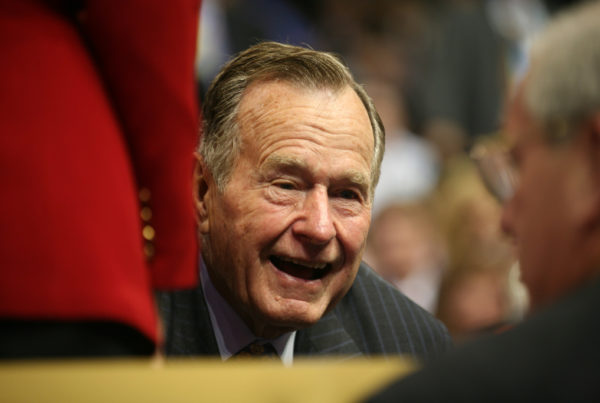After hitting three-year highs back in early October, crude oil prices took a hit this month. The price of a barrel of West Texas Intermediate crude fell 22 percent in November – the biggest monthly loss in a decade. But by Monday morning, prices were up about 4.5 percent ahead of this week’s OPEC meeting; markets seem to reflect an optimism in the energy industry that potential cuts in oil production could help stem falling prices.
Matt Smith, director of commodity research at ClipperData, says OPEC members will be looking to get oil back to a much higher price so that each country can meet its own budgetary needs. He says Saudi Arabia, for example, needs the price to climb back to $88 a barrel, which is most likely going to come from it reducing its oil production.
“It is really Saudi Arabia that is likely going to be leading the charge here,” Smith says. “They are the largest producer, one of the largest producers in the world, the largest exporter, and they want that price higher.”
What you’ll hear in this segment:
– What the high-five between Saudi Crown Prince Mohammed bin Salman and Russian President Vladimir Putin at the G-20 summit signaled about oil production
– The likelihood that OPEC countries, besides Saudi Arabia, will cut their own oil production
– How the drop in oil prices is affecting Texas energy companies
Written by Acacia Coronado.















